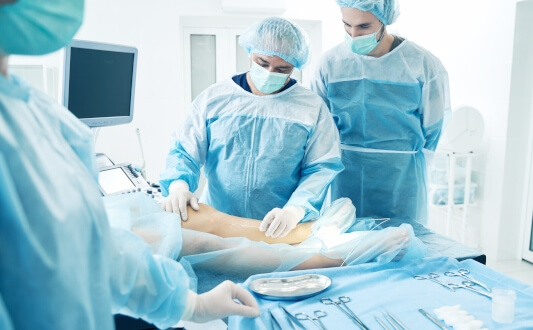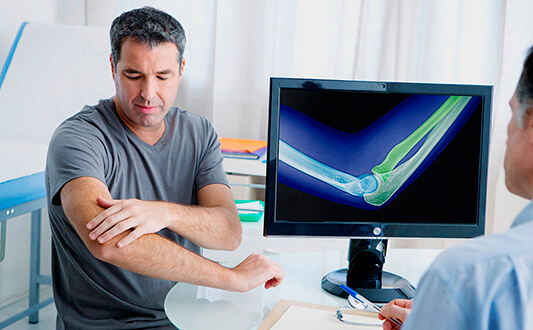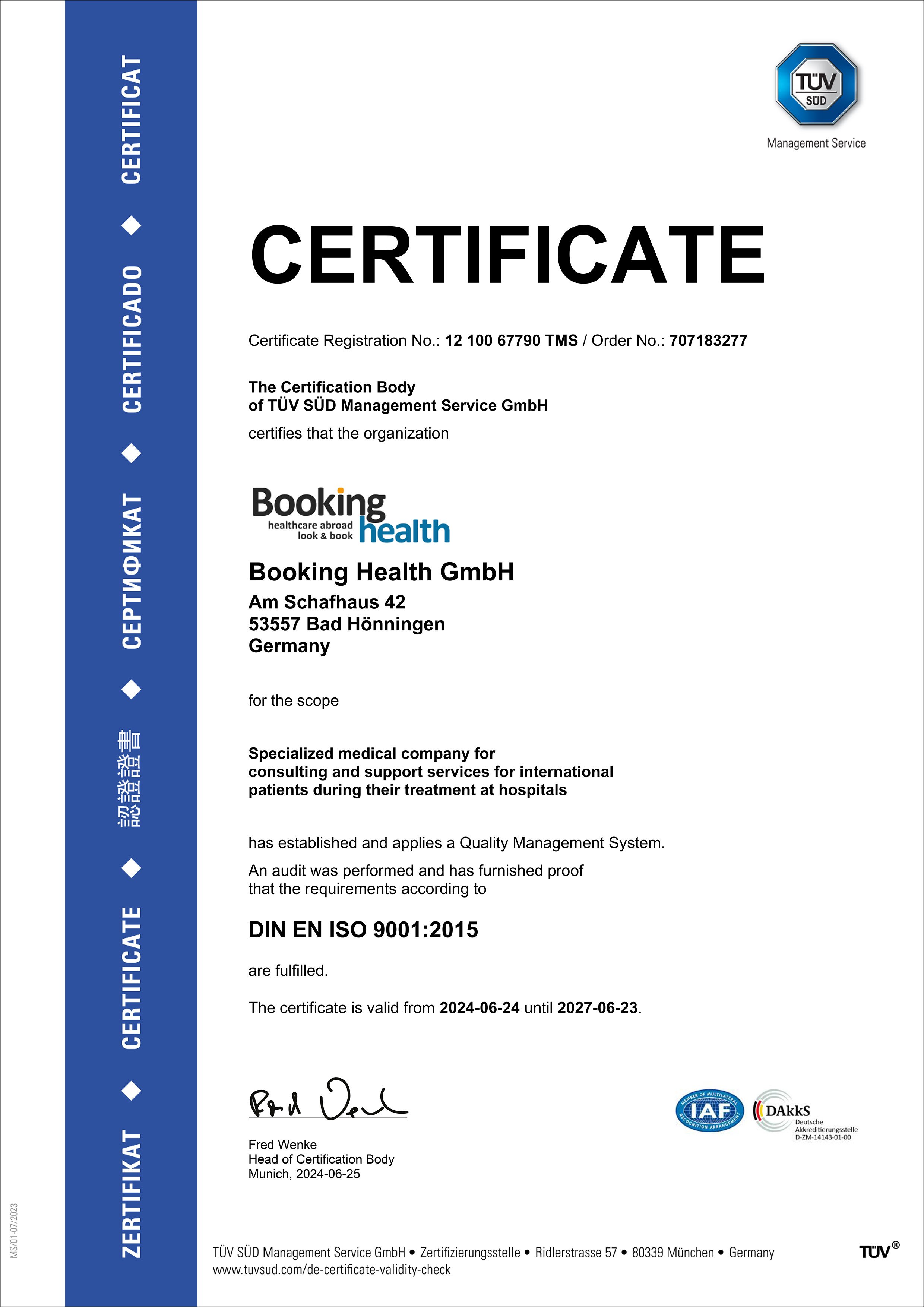Medical Blog About Treatment Abroad
Welcome to our medical blog – it is dedicated to empowering patients with knowledge about global healthcare! We created this platform with the intention to bridge the gap between patients and the medical innovations available globally.
What's Inside: Discover new and rare methods in oncology, immunology, heart surgery, neurosurgery, and other medical fields! Our health travel insights show how medical journeys open new possibilities with advanced treatments unavailable locally, including specialized cancer care abroad.
Who Benefits: This resource is for patients and their families who seek new treatment methods and explore options at leading international hospitals. Those who want to make informed healthcare decisions beyond borders.
Why Read: Booking Health experts provide verified information through patient-friendly articles – they translate complex medical advances into accessible info. Stay current with the latest developments in global healthcare and discover how international medicine can transform treatment outcomes!
Browse our latest articles and take the first step toward better health outcomes!
New in medicine abroad - page 4
 New methods for the treatment of varicose veins: the CHIVA operation
New methods for the treatment of varicose veins: the CHIVA operation
For a long time, it was believed that varicose veins could only be corrected by removing large superficial veins and ligating the perforating veins. When CHIVA was introduced in 1988, many surgeons met it with hostility. The method was not widely used because it contradicted the basic concepts of varicose vein treatment.
 Minor invasive treatment of abdominal hernias in Germany
Minor invasive treatment of abdominal hernias in Germany
Ventral abdominal hernias are any defects of the abdominal wall fascia, except inguinal and hiatal hernias. Millions of surgeries for these conditions are performed worldwide each year. Most of them are carried out in an open manner, under visual control. But in developed countries, minimally invasive surgery is preferred, including laparoscopic and robot-assisted techniques.
 Innovative techniques for heart defects treatment in children
Innovative techniques for heart defects treatment in children
Heart defects in infants are almost always congenital. This can sometimes bring great danger to the baby’s life. Such pathologies are not that common. However, the high mortality rate of those affected by heart defects forces doctors to improve early diagnostics and treatment techniques.
 Latest techniques for cartilage trauma treatment
Latest techniques for cartilage trauma treatment
Joints disease are peculiar, their chronic nature and constant pain adds much suffering to a person’s life. Standard conservative therapy presupposes life-long administration of chondroprotectors (chondroitin, glucosamine) and non-steroidal anti-inflammatory drugs. If these medications show low-effectiveness then glucocorticoids are prescribed.
 MukoCell - an innovative health-related product in urology
MukoCell - an innovative health-related product in urology
MukoCellis the first achievement of the tissue engineering implemented in urology. The tissue of the oral mucosa is cultivated under laboratory conditions and implanted to the patient in order to broaden the lumen of the urethra. When using MukoCell it is no longer necessary to cut large sections of patient's oral ...
 Groundbreaking techniques for scoliosis treatment in children
Groundbreaking techniques for scoliosis treatment in children
Scoliosis is a disease developing mainly during childhood. Scoliosis is characterized with the frontal curvature of the spine and vertebrae rotation (turning). One may ask if scoliosis is a curable condition. Yes, the disease can be cured at stages 1-2 with the help of conservative treatment. The angle of the curvature does not exceed 25°...
 Surgical treatment of kidney cancer: the da Vinci robot and FireFly technology
Surgical treatment of kidney cancer: the da Vinci robot and FireFly technology
Most types of cancer do not cause any symptoms for a long time, as a result of which they are diagnosed in advanced stages. But this statement does not apply to kidney cancer. Almost half of cases of this cancer are detected at the first stage, so most patients can have their kidney cancer cured with minimally invasive surgery.
 New methods for the treatment of arrhythmias
New methods for the treatment of arrhythmias
Arrhythmias are a group of conditions that affect the generation or conduction of electrical impulses. Many arrhythmias are dangerous because they may cause blood clots in the heart and attacks of dizziness with a possible loss of consciousness. This condition may also increase the risk of stroke and lead to sudden cardiac arrest.

